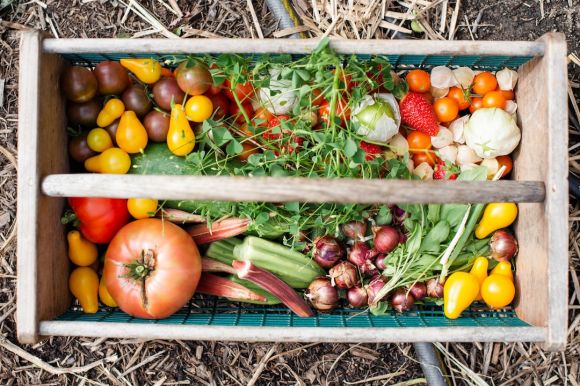Creating your own vegetable patch is a rewarding and fulfilling project that allows you to grow your own fresh produce right at home. Whether you have a spacious backyard or a small balcony, designing a vegetable patch can be tailored to suit your available space and personal preferences. In this article, we will explore some key considerations and steps to help you design your own vegetable patch.
1. Assessing your Space
Before diving into designing your vegetable patch, it is important to assess the available space. Take a good look at your backyard, balcony, or any other area where you plan to set up your vegetable patch. Consider factors such as sunlight exposure, soil quality, and access to water. These factors will play a key role in determining what types of vegetables you can grow and how to arrange them.
2. Choosing the Right Vegetables
Once you have assessed your space, it’s time to choose the vegetables you want to grow. Consider your personal preferences and the climate conditions in your area. Certain vegetables thrive in specific climates, so do some research to ensure you choose varieties that are suitable for your region. Additionally, think about the vegetables you consume frequently and those that are expensive or hard to find in your local market. Growing these vegetables can help you save money and enjoy fresh produce throughout the year.
3. Planning the Layout
With your chosen vegetables in mind, it’s time to plan the layout of your vegetable patch. Start by sketching out a rough design on paper, taking into account the size and spacing requirements of each vegetable. Consider factors such as companion planting, which involves growing certain plants together to maximize their growth and deter pests. For example, planting marigolds alongside tomatoes can help repel pests naturally. Additionally, consider the height of each plant to ensure they do not overshadow or block sunlight from other plants.
4. Preparing the Soil
Good soil is the foundation for a successful vegetable patch. Before planting, prepare the soil by removing any weeds or debris and loosening it with a garden fork or tiller. Test the pH level of the soil and amend it if necessary to create a neutral or slightly acidic environment. Adding organic matter such as compost or well-rotted manure will improve the soil’s fertility and structure, providing essential nutrients for your plants.
5. Planting and Maintenance
Now that the soil is prepared, it’s time to start planting your vegetables. Follow the spacing recommendations for each plant and be mindful of their specific requirements for watering and fertilizing. Regularly water your vegetable patch, especially during dry periods, and keep an eye out for pests and diseases. Implementing organic pest control methods such as handpicking pests or using natural sprays will help protect your plants without the need for harmful chemicals.
6. Harvesting and Enjoying
As your vegetables grow and mature, the time will come to harvest and enjoy the fruits of your labor. Harvesting at the right time ensures the best flavor and nutritional value. Some vegetables, such as lettuce and herbs, can be harvested continuously by picking the outer leaves or stems. Others, like tomatoes and cucumbers, should be picked when they reach their optimal size and color. Remember to savor the taste of your homegrown produce and share the abundance with friends and family.
In conclusion, designing a vegetable patch offers a wonderful opportunity to connect with nature and enjoy the satisfaction of growing your own food. By assessing your space, choosing the right vegetables, planning the layout, preparing the soil, and maintaining your vegetable patch, you can create a thriving garden that provides fresh and nutritious produce for you and your loved ones. So, roll up your sleeves, grab your gardening tools, and let your vegetable patch come to life!





